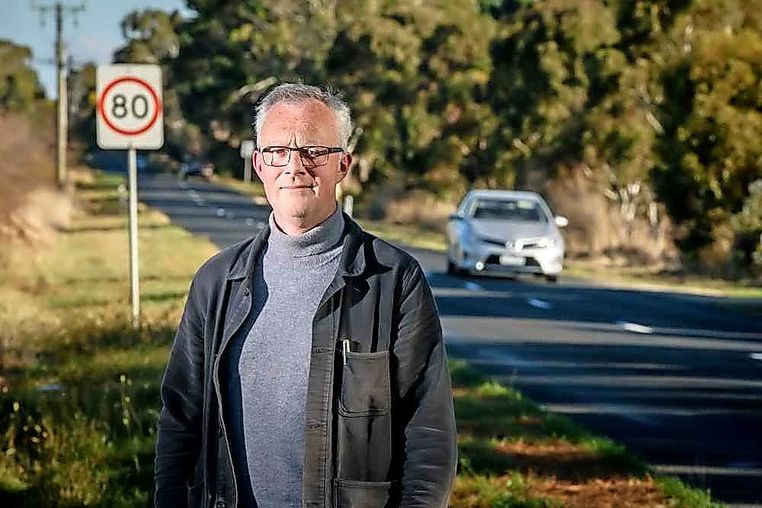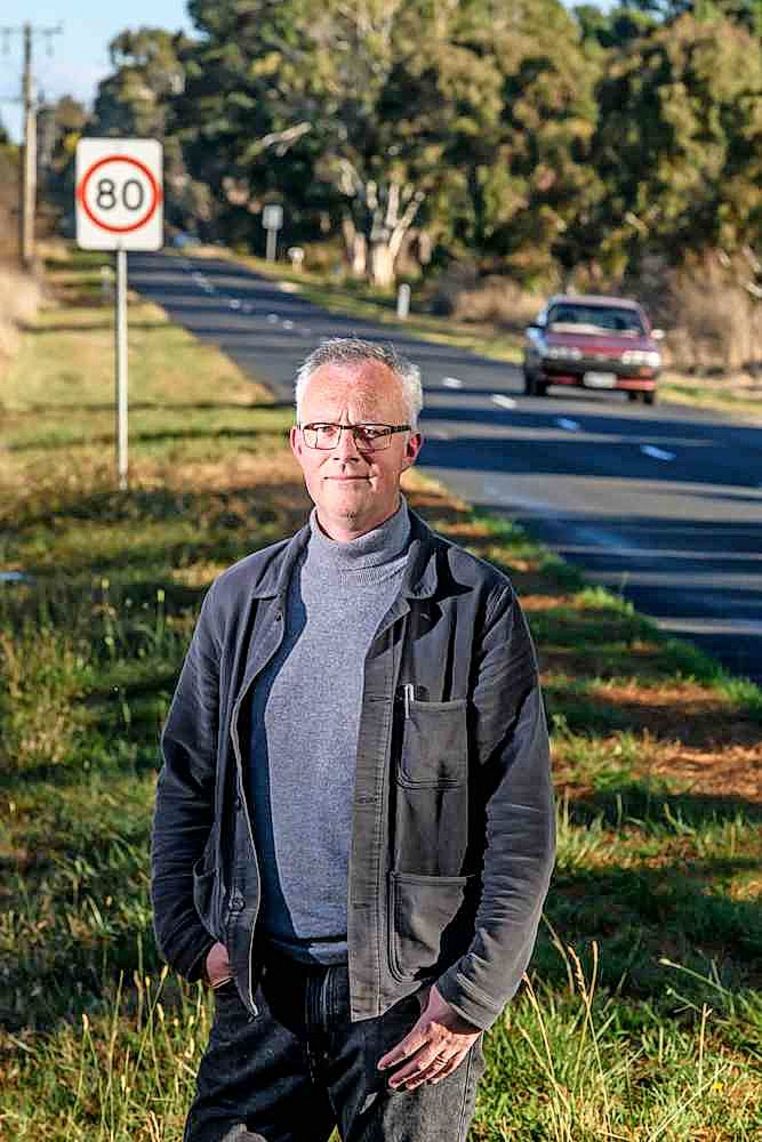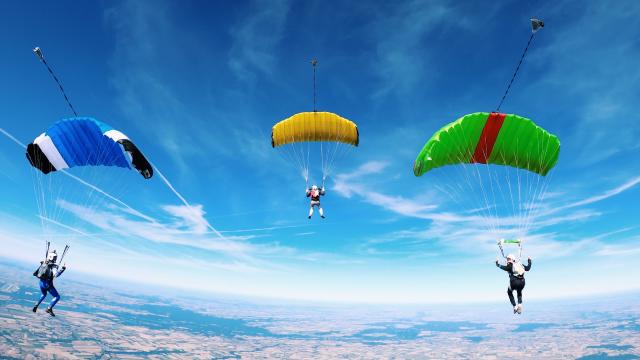A Cherokee resident is calling for dual speed zones on Macedon Ranges back roads.
Resident John Power said he wanted to highlight the importance of driving at reduced speeds on stretches of roads where wildlife activity was high between dusk and dawn.
He wants speed zones reduced to three quarters of the original daytime limit between dusk and dawn.
“To drive safely, I drive in two distinct fashions,” he said. “There’s the daytime driving and there’s the post dusk or night-time driving along the same roads.
“And that habit has developed purely because in daytime conditions, wildlife activity is very subdued. Once it ticks over, it’s a completely different situation in a wildlife-rich environment.
“I’ve worked out … I need to drive at about three quarters of the designated speed limit in order to have the same degree of security and safety when I’m driving,” he said.
“Most of the roads in my vicinity are 80km/h and there are some that are 60km/h.
“If I drive 80km/h on Barringo Road at 1pm, that’s fine. If I drive at 80km/h at the same stretch of road after dark, I would have to be a lunatic.
“If you want to have any reasonable expectation of spotting an animal and reacting in time to not collide with it, you really need to be doing 50km/h or less.
“Every kilometre an hour over 50, you are greatly enhancing the odds of striking an animal because you are relying on the headlights and your own reaction time and there is nothing else.”
A regular driver around Cherokee and surrounding towns, Mr Power said spotting animals on or near the road was not difficult.
“On a journey from Gisborne station to our house in Cherokee, it could be anything from two or three to 10 to 12 kangaroos,” he said. “But I also see wallabies and on roads like Shannons Road, I’ve seen koalas … echidnas, but certainly I would see kangaroos and wallabies every day.”
VicRoads acting regional director Fatima Mohamed said VicRoads had no plans to introduce new speed limits in high wildlife activity areas.
“We remind drivers, particularly visitors, to take extra care travelling through the Macedon Ranges as regional roads present different challenges to suburban areas,” she said.
“Wildlife crossing signs are in place across many areas in the Macedon Ranges with high levels of animal activity.”








